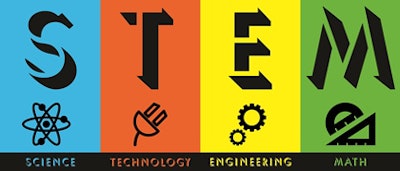
Also, a separate report released Monday by American College Testing (ACT) shows that, even though underserved students aspire to STEM fields at the same rate as the overall population, they generally lag behind the rest of the population when it comes to college readiness in math in science.
Taken together, both reports add to the growing amount of research that has found America’s efforts to get more students from low-income backgrounds and minority groups motivated and prepared to work in STEM fields are coming up short.
Brian Kelly, editor and chief content officer of US News & World Report, which produced the US News/Raytheon STEM Index, said the gaps stem from a variety of factors. They include a lack of awareness among parents on the importance of STEM fields—which continue to constitute the fastest areas of job growth—and an inability to bring to scale STEM education programs that work.
“I think a lot of the education system can be blamed in many ways as a culprit here, too, because the way we teach these subjects is not as engaging as it needs to be,” Kelly said. “A lot of evidence says you need to teach math and science in a more hands-on practical way so kids understand ‘Why am I solving this problem,’ or ‘I’m doing this experiment because it’s about real life,’ and the education system is more focused on the abstractions.”
The STEM Index published Monday by US News examines STEM activity by a variety of indicators that range from employment to degrees granted to Advanced Placement tests taken in STEM fields.
The index turned up troubling gaps in several areas. For instance, the index found that:















